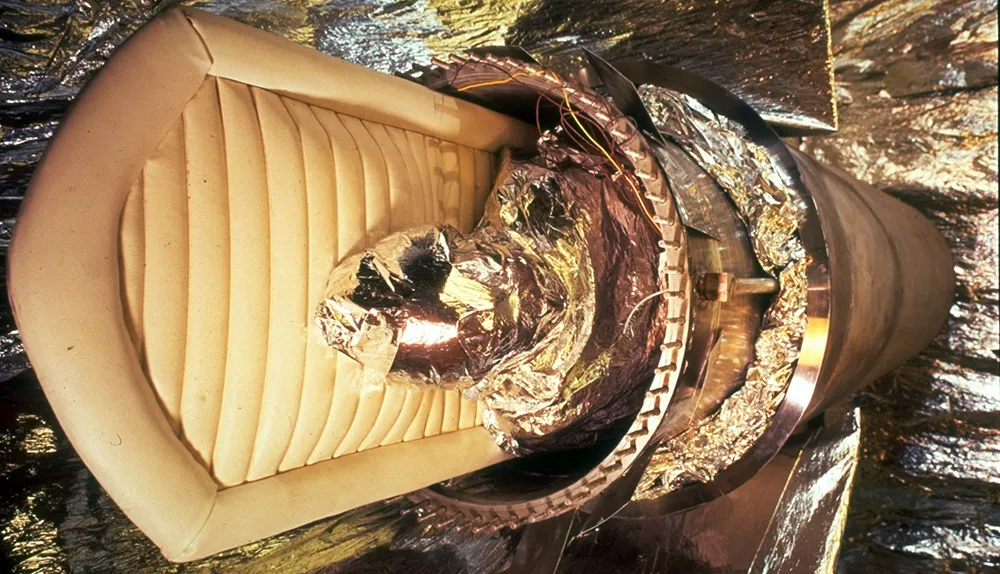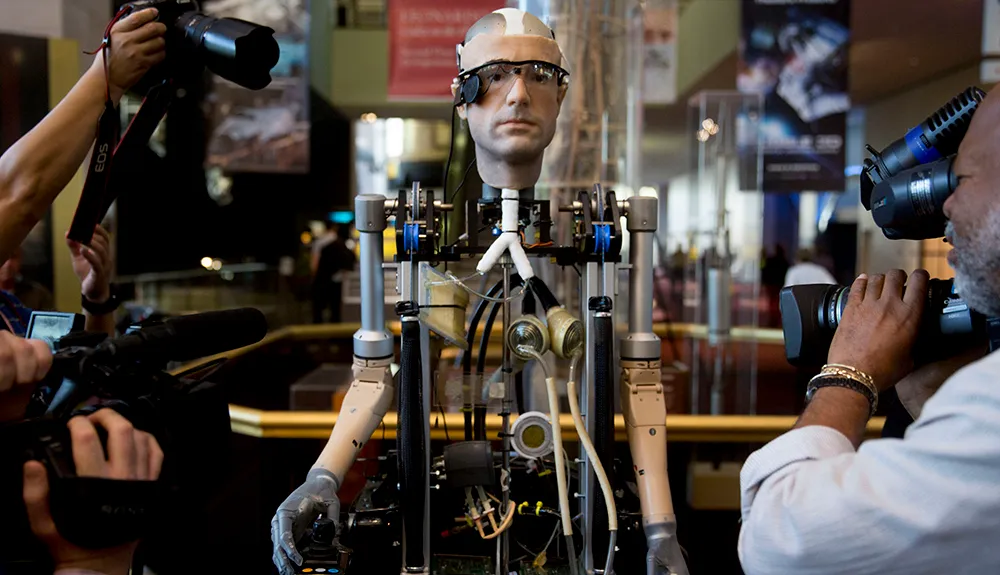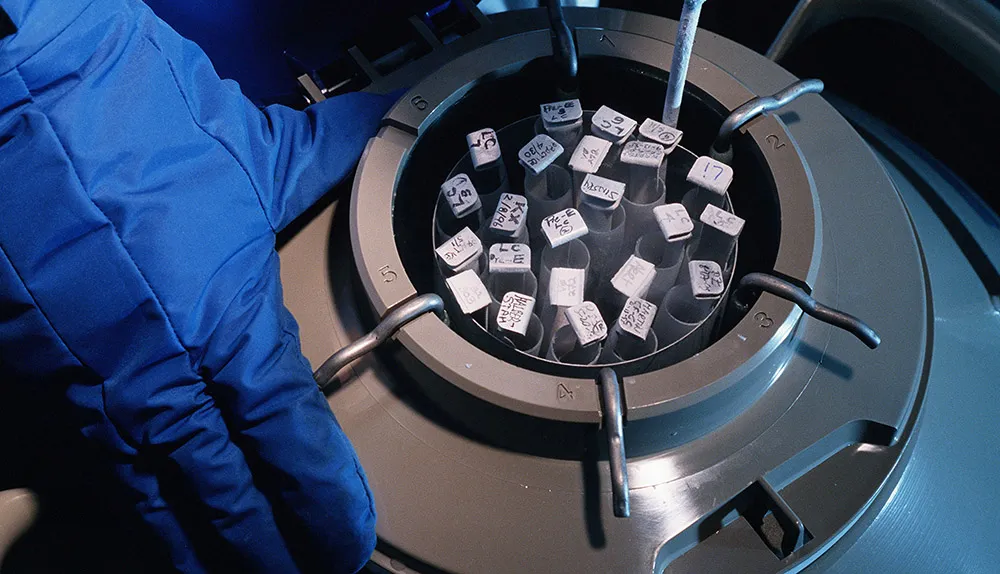1940s
French biologist Jean Rostand studies how extremely low temperatures affect the properties of materials and living things – now known as cryogenics.
1962
Inspired by Rostand’s work and science fiction, a physics teacher and war veteran called Robert Ettinger publishes The Prospect Of Immortality, proposing that humans could be frozen and awoken in the future.
1965
As societies and companies dedicated to life extension start to form across the US, the term ‘cryonics’ is coined for the movement started by Ettinger.
Read more about cryonics:
1967
Prof James Bedford is the first person to be frozen. In 1991, when removed from storage to be evaluated, his body is found to be preserved but damaged, with discoloured skin and “frozen blood issuing from his mouth and nose”.

1979
Nine supposedly frozen patients are found decomposing in the ‘Chatsworth crypt’ in Los Angeles.
In the 1960s and 1970s, cryonics pioneers struggle to maintain the temperature of their frozen patients. Bedford is the only person frozen in this era who remains frozen today.
1980s
Cryonics companies start freezing people’s heads but not their bodies (known as ‘neuros’), based on the idea that our brains could be transplanted, supported by machines or uploaded to computers in the future.

1999
The first baby is born from eggs that have been frozen.

2002/03
The first whole organ, a kidney, is successfully vitrified (turned into a glass-like state), thawed, and re-transplanted back into a rabbit, where it appears to function normally.
2015
Experiments appear to show that microscopic worms can survive cryogenic freezing and retain memories from events that took place before they were frozen.

2016
The Timeship project, headed up by Stephen Valentine, announces plans to store thousands of patients at a purpose-built facility in Texas. There are thought to be around 250 people currently cryogenically frozen in the world.
